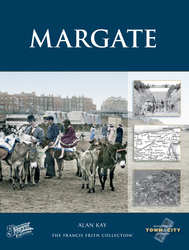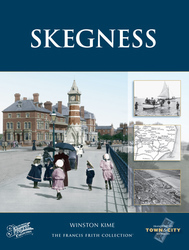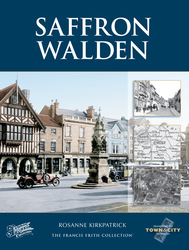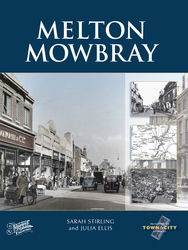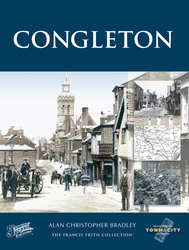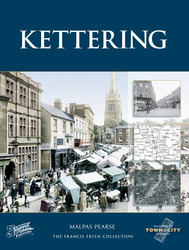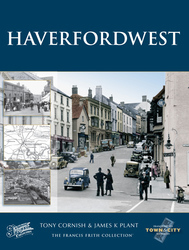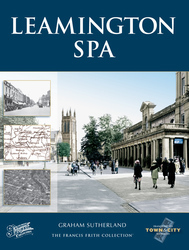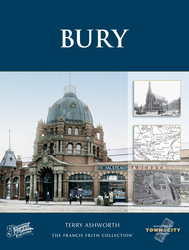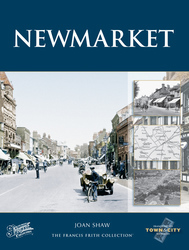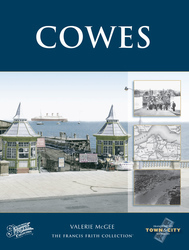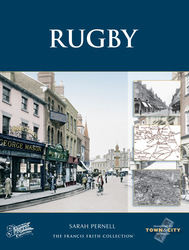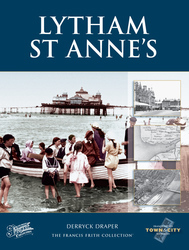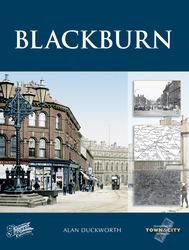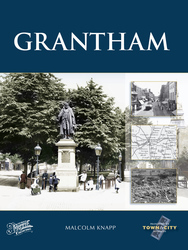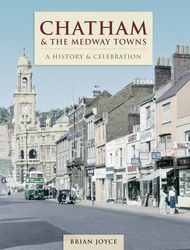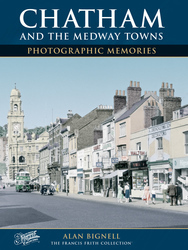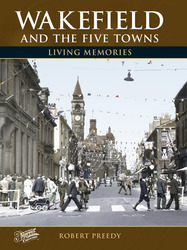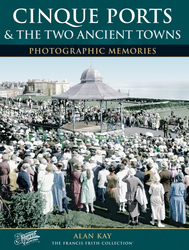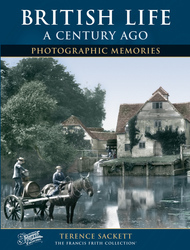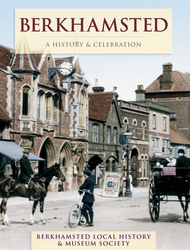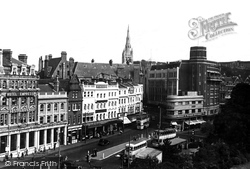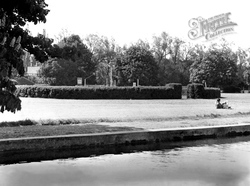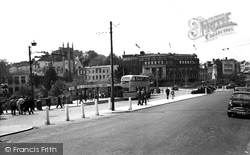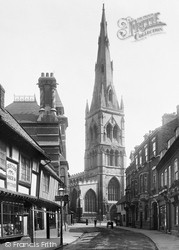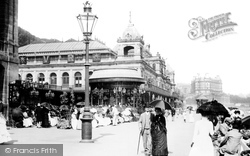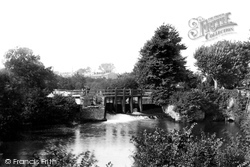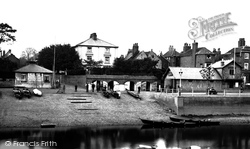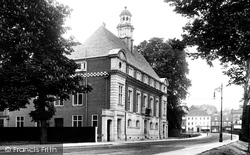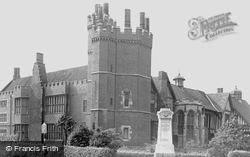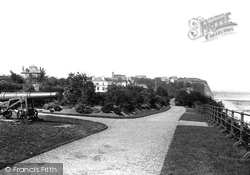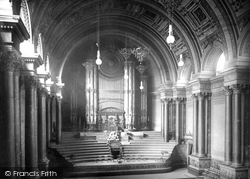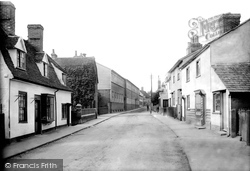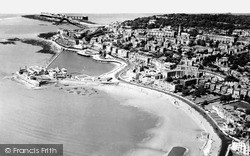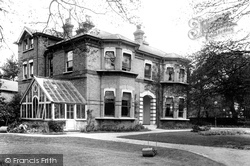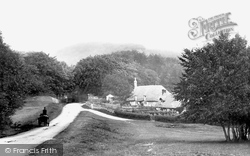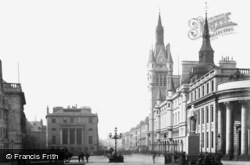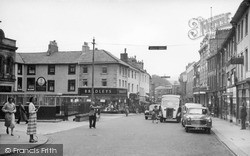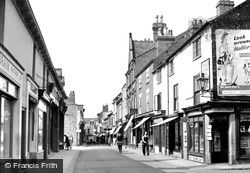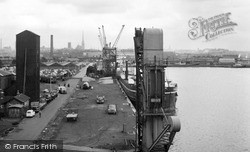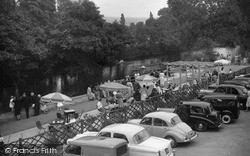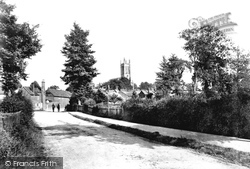Merry Christmas & Happy New Year!
Christmas Deliveries: If you placed an order on or before midday on Friday 19th December for Christmas delivery it was despatched before the Royal Mail or Parcel Force deadline and therefore should be received in time for Christmas. Orders placed after midday on Friday 19th December will be delivered in the New Year.
Please Note: Our offices and factory are now closed until Monday 5th January when we will be pleased to deal with any queries that have arisen during the holiday period.
During the holiday our Gift Cards may still be ordered for any last minute orders and will be sent automatically by email direct to your recipient - see here: Gift Cards
Places
26 places found.
Those places high-lighted have photos. All locations may have maps, books and memories.
- Town End, Derbyshire
- Town End, Buckinghamshire
- Town's End, Somerset
- Towns End, Dorset
- Town End, Merseyside
- Town End, Cambridgeshire
- Town's End, Buckinghamshire
- West End Town, Northumberland
- Bolton Town End, Lancashire
- Kearby Town End, Yorkshire
- Town End, Cumbria (near Grange-Over-Sands)
- Town End, Cumbria (near Bowness-On-Windermere)
- Town End, Yorkshire (near Huddersfield)
- Town End, Yorkshire (near Wilberfoss)
- Town End, Cumbria (near Appleby-in-Westmorland)
- Town's End, Dorset (near Melbury Osmond)
- Town's End, Dorset (near Swanage)
- Town End, Cumbria (near Ambleside)
- Town End, Cumbria (near Lakeside)
- Town End, Cumbria (near Kirkby Lonsdale)
- Town End, Cumbria (near Ambleside)
- Town's End, Dorset (near Bere Regis)
- West-end Town, South Glamorgan
- Townend, Derbyshire
- Townend, Strathclyde (near Dumbarton)
- Townend, Staffordshire (near Stone)
Photos
3 photos found. Showing results 21 to 3.
Maps
Sorry, no maps were found that related to your search.
Memories
Sorry, no memories were found that related to your search.
Captions
57 captions found. Showing results 25 to 48.
Today the great conurbation that is Bournemouth has absorbed older settlements nearby and has linked up with the ancient towns of Christchurch and Poole.
Two portions of the moor were leased to Hemel Hempstead Borough Council who provided a recreational area and a bandstand in the 1920s.
The detailing is borrowed from the eight blank panels in the Medici chapel in Florence; on these panels are carved the names of the town's dead of the First World War.
One reason for Bournemouth’s success as a holiday resort has been that the shops are available if the weather is too wet and windy for the beach.
The Wesleyan church on the right dates from 1844, and is typical of the big town chapels at that time.
From the bottom of Valley Road the camera captures a crowded South Beach scene, and a bay full of sail-driven fishing boats.
Taunton is a town surrounded by water, with the Tone passing through its heart and the marshes not far away.
No riverside town would be complete without a rowing club, and Twickenham Rowing Club was founded in 1860.
Still alone and flanked by old trees from the carriage drive to Wycombe Abbey, the Town Hall is two years old in this view, a fine building in Queen Anne style.
The centrepiece of the town is undoubtedly the great 15th-century mansion of the de Burghs, the Old Hall, set in a grassed square surrounded by Victorian housing.
By the close of the century, the town had attracted many of the wealthiest industrialists and shipping magnates intent on escaping an overcrowded Cardiff.
The town hall not only housed the council: there were law courts, facilities for lectures, public meetings and for music festivals.
The large weather-boarded buildings on the left are the silk mills of Warner & Sons, who had taken over the business of Walters & Co in 1894.
The town hall not only housed the council: there were law courts, facilities for lectures, public meetings and for music festivals.
This aerial shot shows the whole of the northern part of the town. In the distance is Birnbeck Pier with the steamer jetty to the north, and the lifeboat slipway on the south.
As befitted a growing Victorian town, the spiritual needs of the new citizens were vigorously addressed.
The splendid Norman tower of the Cathedral rises above the roofs of the county town, forming an important part of the city’s skyline.
The Town House extends from there to the taller tower, built about 1870. The statue is of George, fifth and last Duke of Gordon, as the inscription on the plinth poignantly explains.
Here we see the Square outside the old town hall and part of Market Street. We can see the bus shelters on the left.
The characteristics of a real country market town were being established. A handsome stone church was built, originally dedicated to St Peter and St Paul but later to All Saints.
The Town Hall, on the west side of St Paul's Square, started life as a school, a school originally founded by Sir William Harpur (a key name in Bedford's history) in 1566.
The fight to save the docks was a long and bitter battle. The council had been losing money for year on year, and felt that the drain on council rates was not good for the town.
The landing stage has been in use for over a hundred years and, together with the cafe and children's amusements, draws visitors year after year to this pastoral part of town.
The most scenic approach to the town is from the north.
Places (26)
Photos (3)
Memories (0)
Books (157)
Maps (0)

